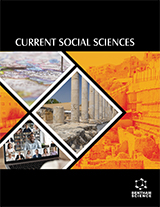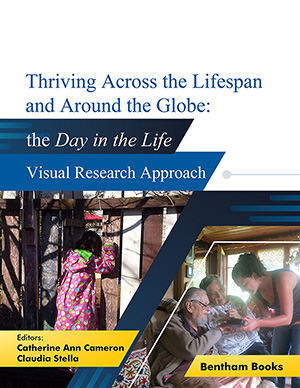Abstract
This study evaluates the anarcho-feminist science fiction and fantasy author Ursula K. Le Guin’s dystopian novel The Dispossessed. The sociological, political, and artistic concepts that Le Guin was influenced by in the creation of the fictional structure of The Dispossessed are reviewed. The Dispossessed is based on the existence of two worlds, sociologically and politically opposite. In this dual planetary system, not only do their ideologies create a contrast but also the environments are totally opposite; one planet has an abundance, while the other one is in scarcity. This kind of design creates the possibility of making comparisons between these two planets, along with the ideologies and concepts each planet represents. For instance, anarchism, which Le Guin sees as the most idealist theory among all political theories, forms the basic philosophy and societal structure of Anarres, one of the planets. It seems that the name Anarres was deliberately chosen by Le Guin because it clearly evokes the word “anarchy.” Urras, the other planet, is the complete opposite in terms of its government and social structure. In addition to the concept of anarchism, The Dispossessed is a multi-dimensional and complex work that involves the concepts of utopia, anti-utopia, and dystopia, science fiction, anarcho-feminism, heterotopia, property, and Taoism. Le Guin’s influences are quite evident in the living environments she created in The Dispossessed, not only from a social and political perspective but also from architecture and urban planning standpoint.
Keywords: Ambiguous utopia, Anarchism, Anarcho-feminism, Anti-utopia, Architecture, Dystopia, Ecotopia, Heterotopia, Marxizm, Property, Science fiction, Solidarity, Space, Spaces of representation, Taoism, The Dispossessed, Urban planning, Urbanism, Ursula K. Le Guin, Utopia.













